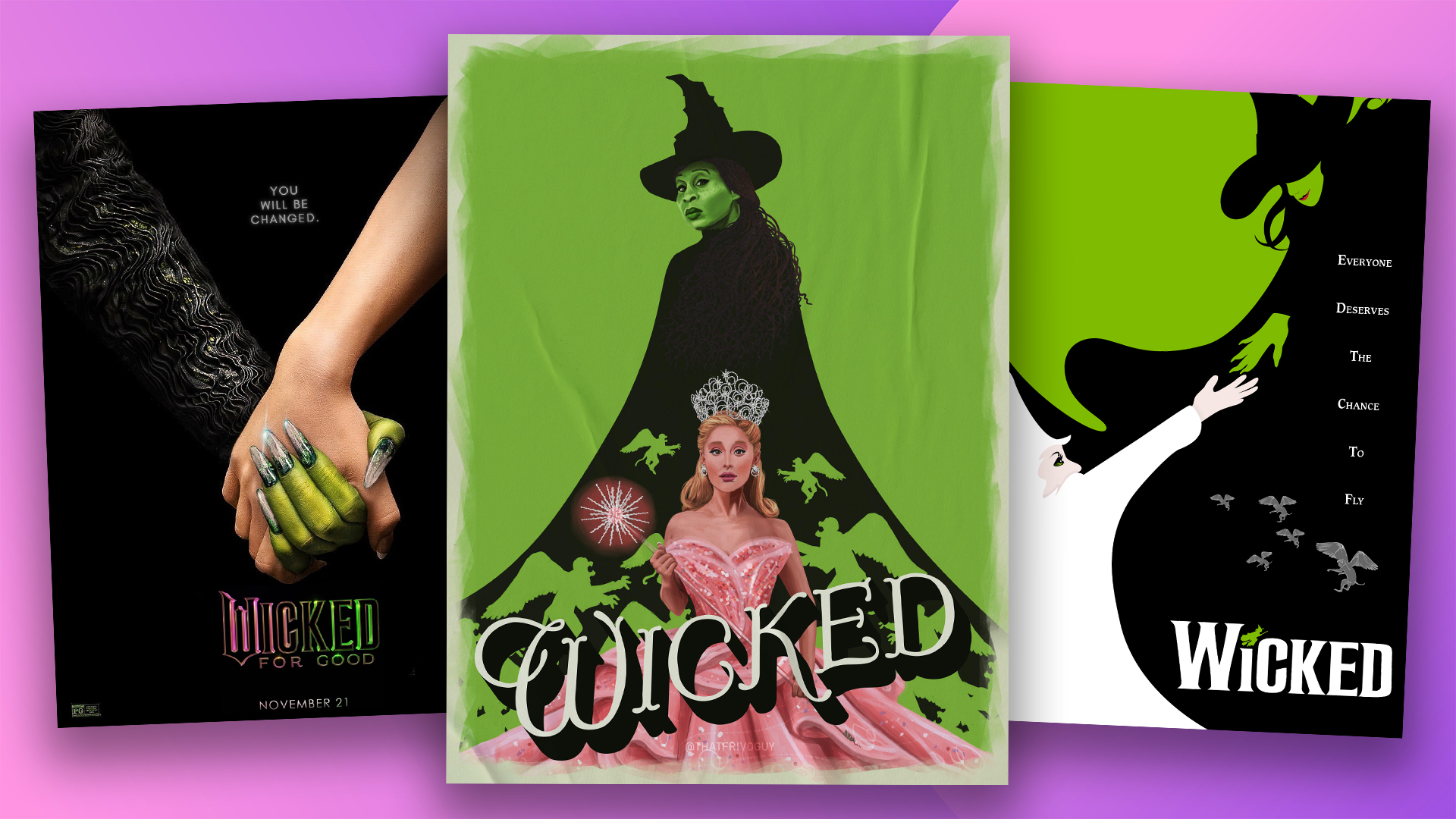Move from 2D to 3D
How easy is it to transfer your skills from 2D to 3D? Leading designers and illustrators tell us why adding an extra dimension to their skillset has transformed their creative practice
Many creatives are reluctant to embrace 3D design for two key reasons: time and cost. After spending a lifetime learning your trade, the idea of starting again as a novice can be daunting, while shelling out thousands of pounds on software – without a guaranteed return on your investment – isn’t an attractive option. But there are many graphic designers and illustrators out there who have successfully incorporated 3D into their creative work, and are reaping the benefits.
Dan Kitchens is one half of dynamic husband-and-wife illustration team Kozyndan. He says that he couldn’t fully commit to 3D design, but admits that a working knowledge of the discipline would be useful. “It would be a huge learning curve to get my 3D modelling skills on par with the rest of my illustration work,” he reasons. “I’d rather invest that time in learning other things – like ceramics and photography, or, you know, drinking fancy cocktails or watching TV.”
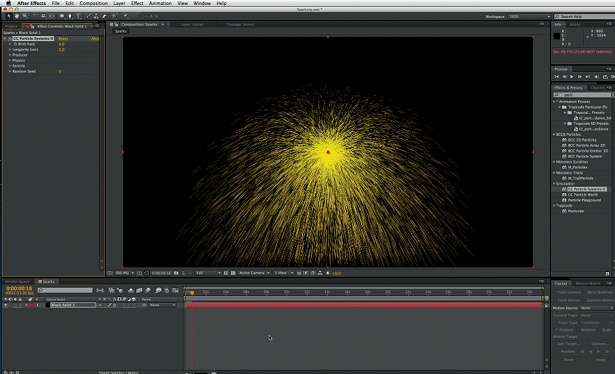
However, Kozyndan recently worked on a drawing of Sydney in which the city was submerged under 10 metres of water. Kitchens wanted to know how buildings breaching the surface of the water would appear from ground level. “I could find very little photographic reference of partially submerged cities,” he recalls. “So I was thinking it would be nice to build a simplistic city model in a high-end 3D app, virtually submerge it, apply realistic shaders and lighting, and see what it should look like. I have things in my head that I just can’t work out on a piece of paper.”
“As a 2D illustrator, you’re used to working to a single, fixed viewpoint,” says Adam Benton. “You’re creating the illusion of 3D.” Benton is a British illustrator who creates both 2D and 3D digital images. He’s also noted for his CGI work on independent sci-fi films, one of which earned him the George Lucas Selects award. Having started his career in traditional media, he understands Kitchens’ point of view. “In 3D, even though you don’t need a viewer to see details of a form that isn’t visible from their viewpoint, you may still need the form to cast a proper shadow or reflect in an adjacent object.”
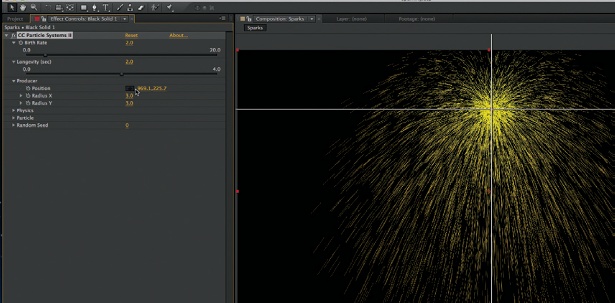
Some creatives might see working so comprehensively as a drawback, but Benton says it’s one of 3D design’s biggest advantages: “Once you‘ve created an object, you can view it from any angle, and make adjustments and tweaks to placement and perspective that would be impossible in 2D,” he explains.
Benton’s painterly approach has given him a good grounding in composition, light, colour and texture. A sound understanding of photography is also useful when it comes to transferring your skills from 2D into 3D. And the skills required to mould polygons offer a handhold for those from a model-making or sculptural background. Whatever your creative field, Benton says, the skills are transferable. The real key to 3D proficiency lies in experimenting with the software. Honing observational skills is also crucial: by studying how things move in real-life, it’s easier to replicate them more realistically.
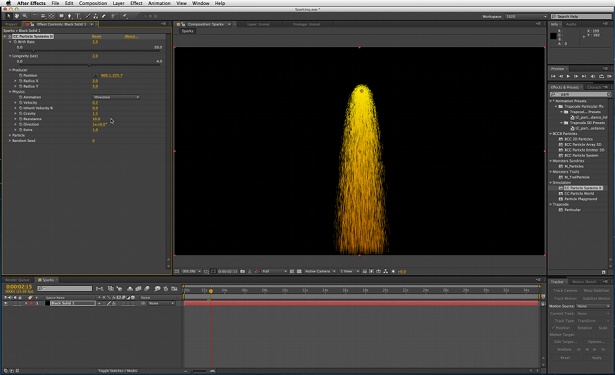
“For me, the absolute crux of 3D is lighting,” says designer Gavin Strange. “Learning how different lights work, where they should be placed and how they’ll affect your model is mind-boggling. Walking to the shops, I find myself studying how the street lamps cast shadows and where the light bounces. I love that a digital tool can change the way I look at the real world.”
Strange is a senior designer in the digital department of the world-renowned Aardman Animations, the film and television animation company that produced the Wallace and Gromit series, as well as games, websites and animations for clients including the BBC, Cartoon Network and Nokia. Under his JamFactory moniker Strange has created everything from short films to vinyl toys. When it comes to 3D, however, he’s a novice. He only recently began experimenting in the field, and is currently working his way through tutorials until he feels proficient enough to integrate 3D graphics into his work – something he’s always wanted to do but, until now, has never found the time. “It’s stating the obvious,” says Strange, “but 3D is literally giving you an entirely new dimension to work with; you don’t think how massive that change is until you’re modelling a simple shape and it matters how it looks from every angle.”
Getting to grips with the nomenclature has also been tricky – finding out what ‘boole’ means was a revelation, he says – but this wasn’t the most challenging aspect of 3D design for Strange: “My workflow consists of opening Cinema 4D, forgetting what everything does, pressing some buttons, remembering a bit more, deleting what I’ve made, visiting YouTube, searching for things like: ‘How do you make a cylinder?’ – and going from there. It’s like learning an instrument. You need to learn rules so you can break them when it comes to doing your own thing.”
Get to grips with the software
It might be true that there is no shortcut to learning the software but, according to Mike Griggs, a digital designer with over 17 years experience in broadcast motion graphics and 3D visualisation, the process needn’t be expensive. “One of the main issues,” he says, “is learning how to efficiently achieve 3D integration without spending £3,000 on some cutting-edge 3D application all the cool kids are using. Don’t dismiss the tools you already have, such as the 3D tools in Photoshop and Illustrator. Photoshop’s tools especially have come along immensely and, in many cases, could be all you need.”
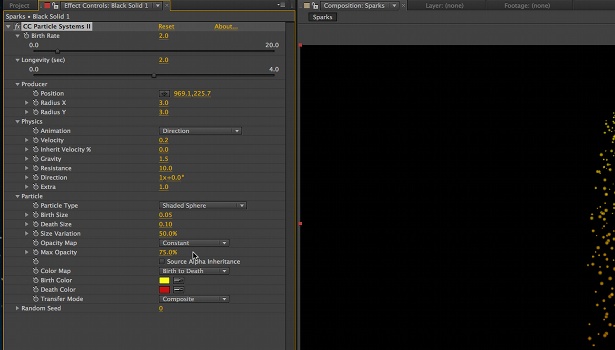
Griggs also recommends Blender for its fluid engine, Sculptris for sculpting, and SketchUp for blocking out and architectural visualisation; all of which are free. He encourages designers and illustrators to make the transition to 3D, but stresses that patience is a virtue. You must learn to love – or at least acquiesce – the render bar.
“Don’t assume you’ll have the ability to make the next Transformers one week after you open Maya. While 3D is more accessible than it’s ever been, and the machines are exponentially faster, demands have been raised so high that it still takes just as long as it always did.”
“I think the essential skillset for all design disciplines is the same: good taste.” That’s the view of Belgium-based 3D designer and director Rizon Parein, who points out that you can get too hung up on the technical side of 3D design. His instinctive, trial-and-error methods have earned him clients in Peugot, Martini and L’Oreal. “It’s all about composition, balance, crop and tension,” he continues. “It doesn’t matter if it’s 2D, 3D or real life; if it’s digital, paint or bricks. Of course you need to master certain techniques, but even with a basic knowledge of 3D you can easily create interesting stuff.”
Parein regularly receives emails from considerably more experienced 3D designers asking him questions about his work – queries he often doesn’t fully understand. “I’ve been working for more then 10 years in 3D and I still use the basics,” he says. “No fancy stuff.”
This ethos can pose problems. Back in 2005 he created a water-filled logo for a Belgian club night, which he was later asked to develop for sports drink Aquarius. “Suddenly there’s a client that wants thinner, less sticky, faster liquids, and I had a real, real tough time achieving this because I hardly knew the program,” he confesses. “It was a trauma.”
Parein dropped out of school at 17, before making a living in graphic design and later branching out into 3D animation. Back then, he would ask questions on CGTalk, the world’s largest online forum for digital artists. Often the response was the same: “RTFM”. “I’m too stubborn to read the manual,” he laughs. “I love the trial-and-error process; I’ve learned so much this way – stuff I’d have missed by simply following the manual.”
Get the Creative Bloq Newsletter
Daily design news, reviews, how-tos and more, as picked by the editors.
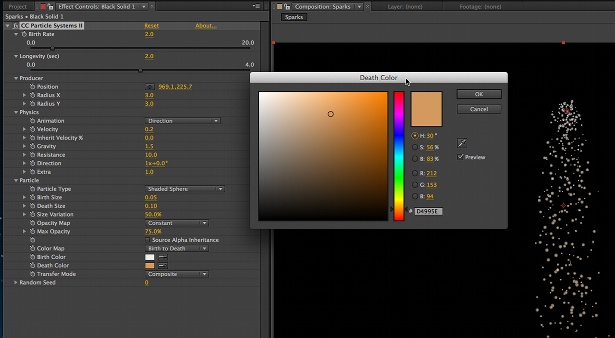
Mikael Eidenberg, a Swedish graphic designer and 3D artist, disagrees: “The reference manual will be your best friend,” he says. “The best way to learn is to carefully tweak things, study the differences and read as much as possible about the tools you’re going to use.”
A self-confessed 3D addict he has worked with agencies like Forsman & Bodenfors, Lowe Brindfors and Scholz & Friends. He believes that it’s essential to have a clear vision of how your work will look – and exactly how you’re going to achieve it – before you begin. “In my opinion, the biggest difference between 3D and other creative disciplines is that you’re often working blind. Until you’re almost done, you won’t see the result before you render it; and you can’t render until you’ve modelled your objects and set up the scene, the lights and so on.”
Eidenberg’s work is characterised by its intricacy and deft lighting. Like most 3D artists, his output draws on the various other creative fields he’s versed in, balancing the technical demands of the software used with artistic endeavour. “Opening 3D software for the first time and not having a clue where to start – it’s frustrating. The amount of parameters is almost endless; I’ve been using 3D in my toolset for almost 10 years and I still don’t have a clue what 50 per cent of the parameters are. Like in most software, you won’t need everything as a beginner.”
He continues: “Concentrate on the basics of modelling and rendering. If you want to experiment, there are always example scenes in your 3D package. Break these down and see how they were done. Remember: if other people can do it, so can you.”
Discover 30 essential Cinema 4D tutorials at our sister site, Creative Bloq.

Thank you for reading 5 articles this month* Join now for unlimited access
Enjoy your first month for just £1 / $1 / €1
*Read 5 free articles per month without a subscription

Join now for unlimited access
Try first month for just £1 / $1 / €1

The Creative Bloq team is made up of a group of design fans, and has changed and evolved since Creative Bloq began back in 2012. The current website team consists of eight full-time members of staff: Editor Georgia Coggan, Deputy Editor Rosie Hilder, Ecommerce Editor Beren Neale, Senior News Editor Daniel Piper, Editor, Digital Art and 3D Ian Dean, Tech Reviews Editor Erlingur Einarsson, Ecommerce Writer Beth Nicholls and Staff Writer Natalie Fear, as well as a roster of freelancers from around the world. The ImagineFX magazine team also pitch in, ensuring that content from leading digital art publication ImagineFX is represented on Creative Bloq.
